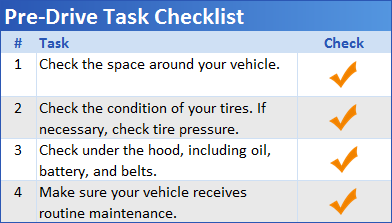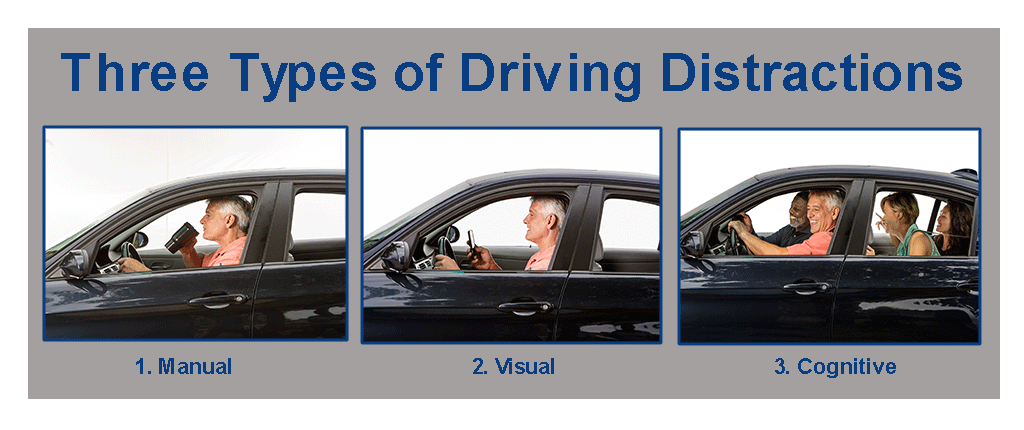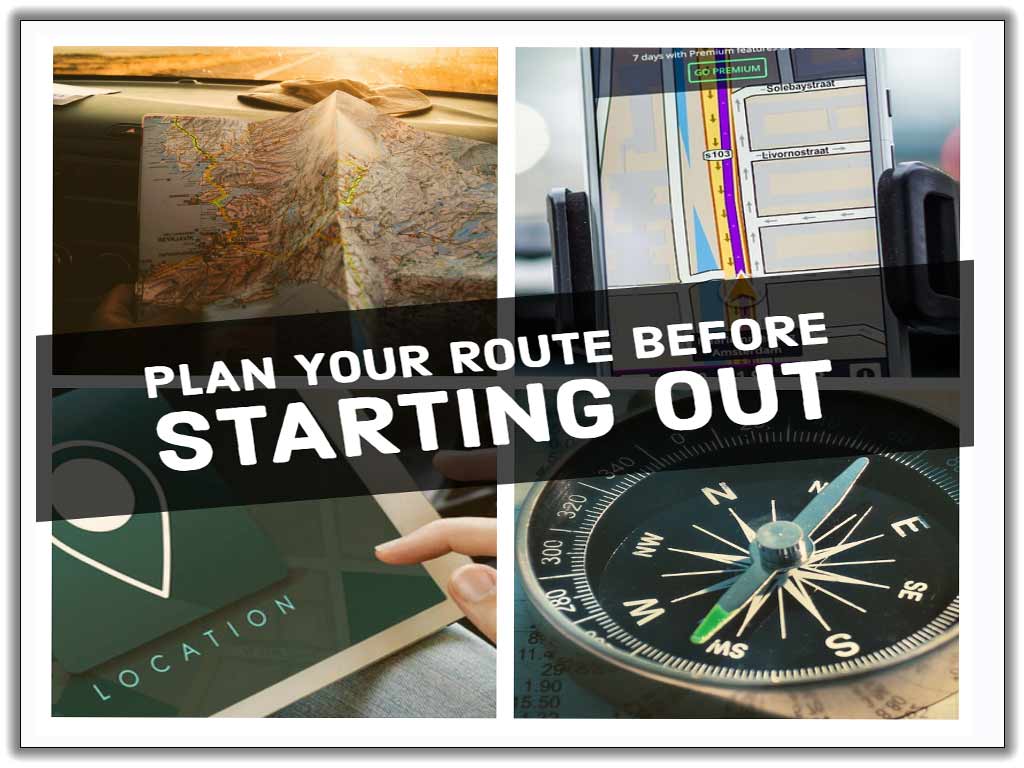
As stay-at-home orders are revised or lifted in many states across the country, many of us are driving for the first time in weeks or even months. If it’s been a while since you’ve been behind the wheel, here are some tips for how to safely get back on the road.
1. Inspect your car.
The first thing you need to do before hitting the road is make sure your vehicle is in proper working order. We’ve put together a checklist to help you remember what areas to check before getting in your vehicle:

If your vehicle has been sitting around for a few weeks, you may encounter some issues, such as flat tires, dead batteries, or even small animals making themselves at home under the hood. Take the time to do a thorough check before you start your drive.
2. Keep your maintenance up-to-date.
Depending on what part of the country you live in, it may have been impossible to get your car serviced in the last few months. Make sure your vehicle is up-to-date on its manufacturer-recommended maintenance, and do not drive your vehicle until it is safe to do so.
3. Avoid distractions.
We’re all susceptible to distraction now and then. This is particularly dangerous behind the wheel. There are three types of distractions to be wary of:

Manual distractions take your hands off the wheel. Cognitive distractions take your mind off of driving, and visual distractions take your eyes off the road. Texting is particularly dangerous, because it involves all three types of distractions. Loss of focus has been a common experience for people throughout the national emergency. Be sure to keep your focus on driving when you get behind the wheel. You should never drive when you’re feeling ill or when your mind cannot focus on the task at hand.
4. Look up your route before you leave the house.

It’s always a good idea to plan your route before you get behind the wheel, but it’s especially important if you’ve not driven in a while. It’s possible traffic patterns have changed, or there’s construction you aren’t aware of. Take some time before your drive to research your route in order to avoid any unpleasant surprises.
5. Drive defensively.

A defensive driver is always alert to their surroundings and makes decisions on the road to keep themselves and others safe. Even if you’ve been driving every day since the pandemic started, many people haven’t! You may find yourself on the road with someone who has no idea how to drive correctly. Many people have been on edge for weeks and may have a hard time keeping their cool behind the wheel, which could lead to aggressive driving.
Do your best to keep your cool on the road. If someone is tailgating you, pull over to let them pass. If the car in front of you didn’t use their turn signal and you’re furious, take a deep breath and let it go. Focus on the road and keep extra space between yourself and other cars.
6. Consider taking a defensive driving course.

Like we mentioned, it’s absolutely vital that everyone drives defensively. If it’s been a while since you’ve been behind the wheel, you’ll benefit from one of our online defensive driving courses. You could also take one of our courses to obtain a discount on your car insurance. Check with your provider to see if they give discounts for completing a course and to determine the actual discount amount. If you’re over age 55, we offer online mature driver improvement courses. Our courses are designed to be fun and engaging, while helping you become a safer, more defensive driver. Visit our website to learn more and see which courses we offer in your state!
We all share the goal of getting to our destination safely. We hope these tips help you feel more comfortable behind the wheel!